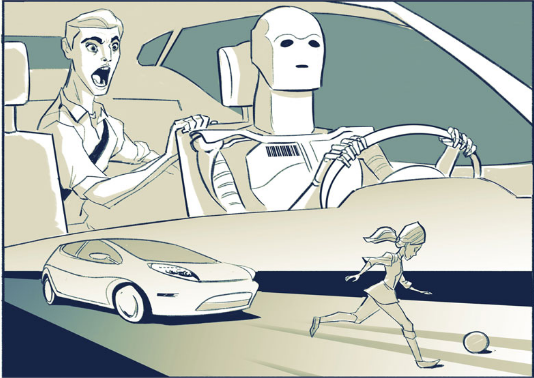With more than 1,71 billion monthly active users and 1,13 billion daily active users in July 2016, Facebook has solidified its position as the world’s number one social networking site and now they are jumping into e-commerce. Aiming to seize the opportunity of over 450 million people accessing various buy and sell groups on the site each month, Facebook launched the Marketplace first in the US, UK, Australia and New Zealand a few weeks ago.
What is the Marketplace and how does it work?
Prominently displayed on the main navigation row at the bottom middle of the Facebook Mobile App, users can efficiently discover, buy and sell items with other people in their local area. When you find something worthwhile in categories ranging from furniture to cars, or even to buying a house, you can haggle in real-time with the seller using the messenger feature. Currently it is completely free to use, and Facebook does not take any service fees, as there is no possibility to pay through the platform (yet), so users instead need to decide together on how the payments will be handled.
What are the main advantages of Marketplace?
As the social media site already boasts a massive number of users, there are significant positive network effects. You are more likely to find potential buyers and sellers of specific products when more people start using the feature. By having a marketplace where people already spend a lot of time, users can conveniently scroll through options and get recommendations based on previous searches right on their Facebook feed. Since the Marketplace is integrated with the messenger, buyers and sellers can negotiate in real-time on the price and ask for more photos or information if needed, making the overall process more streamlined. Additionally, there is a layer of trust since users can see each other’s profiles and decide if the person seems trustworthy based on for example profile pictures and number of friends. Finally, as mentioned previously, the Marketplace is free to use, which is a significant advantage over competitors like Ebay and Etsy.
How about the disadvantages?
However, there are some clear issues with Marketplace that Facebook needs to figure out. Firstly, after it was launched there was a technical problem with the monitoring system, which identifies and removes products that are illegal to sell, and thus people tried to sell everything from drugs to guns and adult services through the app. The problem has been fixed, but there is still a risk that people learn to circumvent the system and use the marketplace for illegal activities. Secondly, there is no review system to rate buyers and sellers, which means that you can’t know whether the other person is reliable apart from researching their profile data, and of course there are additional risks for privacy and safety when meeting face to face with a stranger for the sale. Thirdly, without a safe and secure payment feature, users might not be willing to make spontaneous shopping decisions, since it requires quite an effort to exchange cash for products.
In conclusion, I think that if Facebook can tackle the above-mentioned issues, the Marketplace is poised to compete with established peer-to-peer e-commerce sites as the go-to destination for buying and selling products locally. It will be interesting to see how Marketplace develops, and how Facebook aims to capitalize on the feature in the end. They might for example start offering shipping services or allow users to buy advertising space on the site.
What do you think of Facebook Marketplace? Would you use it yourself?
Sources:
Introducing Marketplace: Buy and Sell with Your Local Community
https://techcrunch.com/2016/07/27/facebook-earnings-q2-2016/



